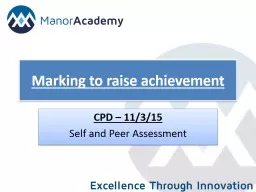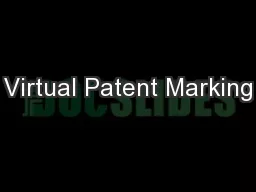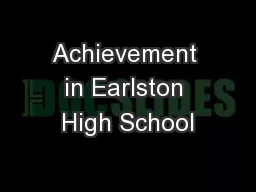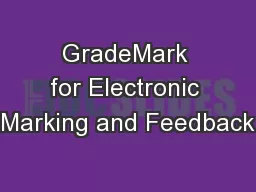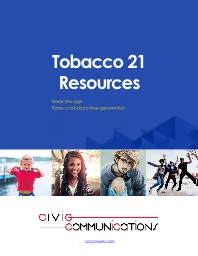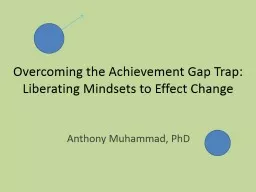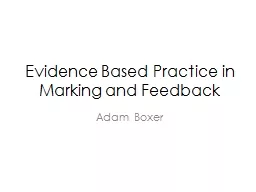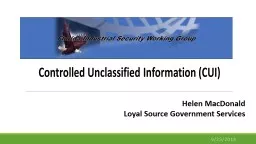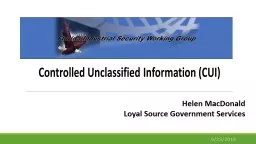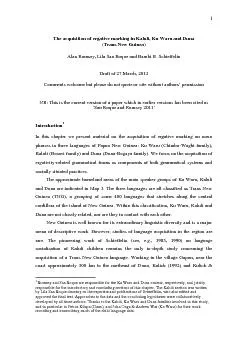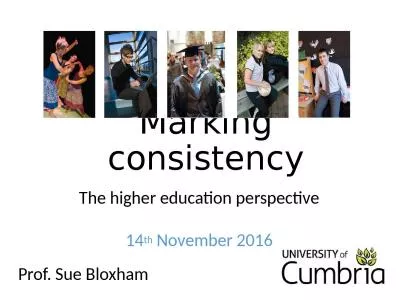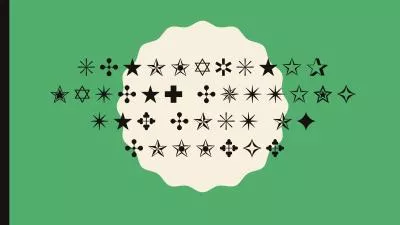PPT-Marking to raise achievement
Author : ellena-manuel | Published Date : 2016-05-28
CPD 11315 Self and Peer Assessment Outstanding Marking Consistently high quality marking and constructive feedback from teachers ensure that pupils make significant
Presentation Embed Code
Download Presentation
Download Presentation The PPT/PDF document "Marking to raise achievement" is the property of its rightful owner. Permission is granted to download and print the materials on this website for personal, non-commercial use only, and to display it on your personal computer provided you do not modify the materials and that you retain all copyright notices contained in the materials. By downloading content from our website, you accept the terms of this agreement.
Marking to raise achievement: Transcript
Download Rules Of Document
"Marking to raise achievement"The content belongs to its owner. You may download and print it for personal use, without modification, and keep all copyright notices. By downloading, you agree to these terms.
Related Documents

